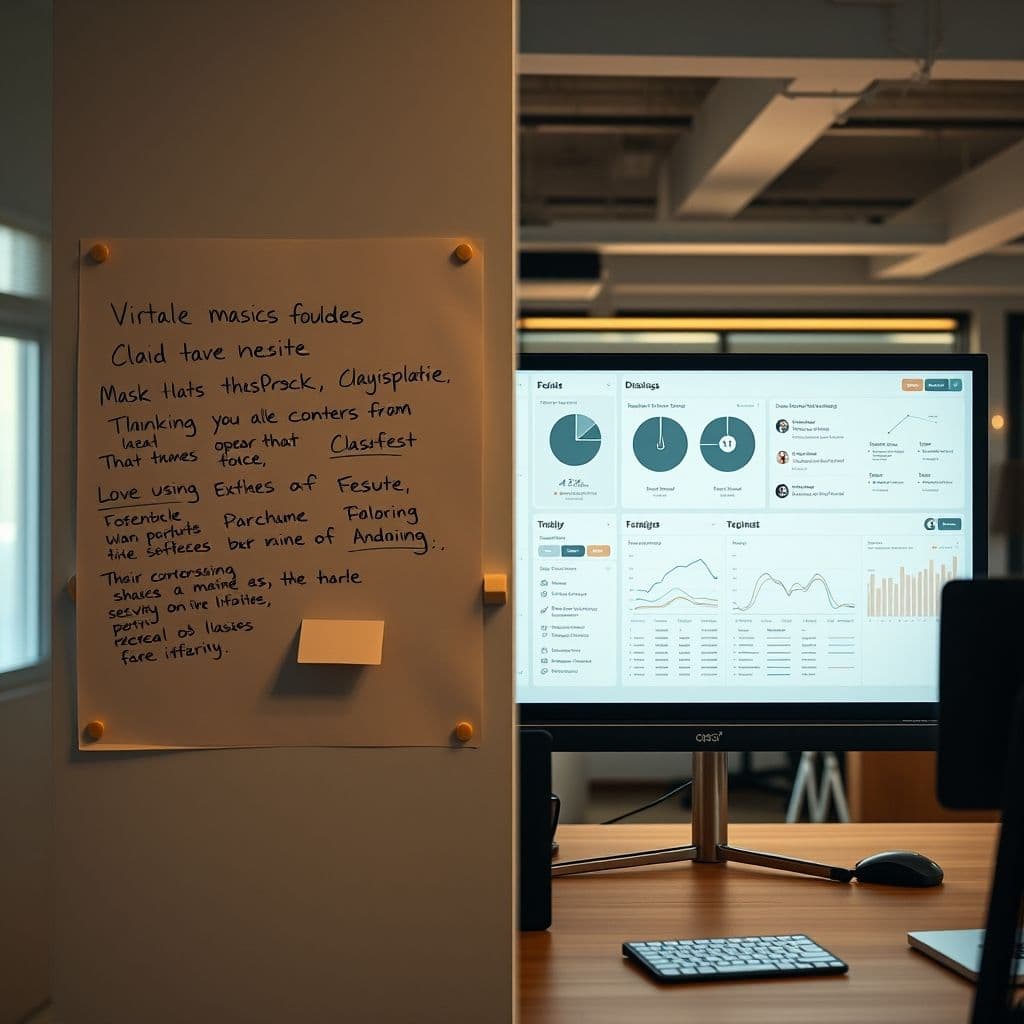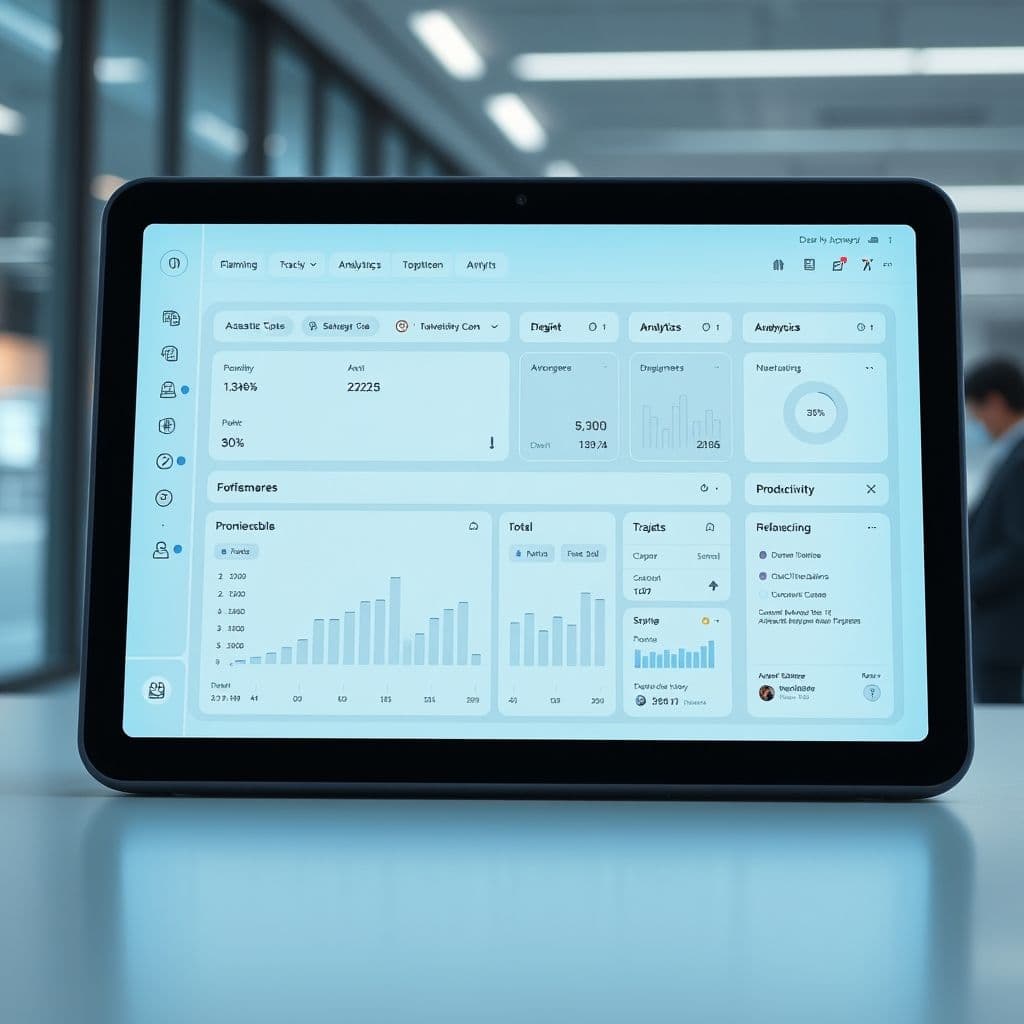The Productivity Tracking Problem: How a SaaS Solution Could Revolutionize Your Routine

In today's fast-paced world, productivity tracking has become both essential and overwhelming. While popular videos offer helpful hacks like 'plan the night before' and 'track your progress,' many users still struggle to implement these strategies effectively. The comments reveal a clear pain point: without proper systems, even the best advice falls short. What if there was a smarter way to bridge this gap?
The Productivity Tracking Dilemma
The core problem isn't lack of advice—it's implementation. Users report difficulty maintaining consistent tracking across multiple tools, remembering to log progress, and deriving meaningful insights from their data. For neurodivergent individuals especially, this creates a vicious cycle where disorganization breeds demotivation. Comments like 'if you don't track it, it won't get done' highlight how manual methods fail when life gets busy.

A Potential SaaS Solution: Intelligent Productivity Hub
Imagine a centralized platform that combines planning, tracking and routine optimization. This hypothetical tool could feature: 1) Smart evening planning prompts based on your calendar, 2) Automated progress tracking across work and personal goals, 3) ADHD-friendly focus modes with built-in rewards, and 4) Visual analytics showing productivity patterns over time. Unlike generic apps, it would learn your rhythms to suggest optimal planning times.
The key innovation would be seamless integration—capturing data passively from your existing tools while reducing manual entry. For example, it might sync with your calendar to auto-generate next-day plans, or use AI to categorize completed tasks from your email/chat history. This addresses the 'tracking friction' that derails most productivity systems.

Transformative Use Cases
For remote workers, it could surface focus hours based on historical productivity data. Students might benefit from assignment progress tracking tied to syllabus dates. Neurodivergent users could leverage customizable reminder systems that adapt to their attention patterns. Teams might use shared productivity metrics to identify workflow bottlenecks without micromanagement.
Conclusion
While current productivity hacks provide valuable principles, their effectiveness is limited by human memory and manual processes. A purpose-built SaaS solution could bridge this gap by making tracking effortless and insights actionable. The question remains: would such a tool help you achieve what handwritten lists and scattered apps cannot?
Frequently Asked Questions
- How would this differ from existing productivity apps?
- The hypothetical solution would focus on reducing manual input through smart integrations while providing deeper behavioral insights than basic task managers.
- What about privacy concerns with automated tracking?
- Any such tool would need robust privacy controls, allowing users to choose exactly what data gets analyzed and what remains private.
- Could this work for team productivity management?
- With proper design, team features could identify workflow patterns without invasive monitoring—focusing on systemic improvements rather than individual surveillance.


